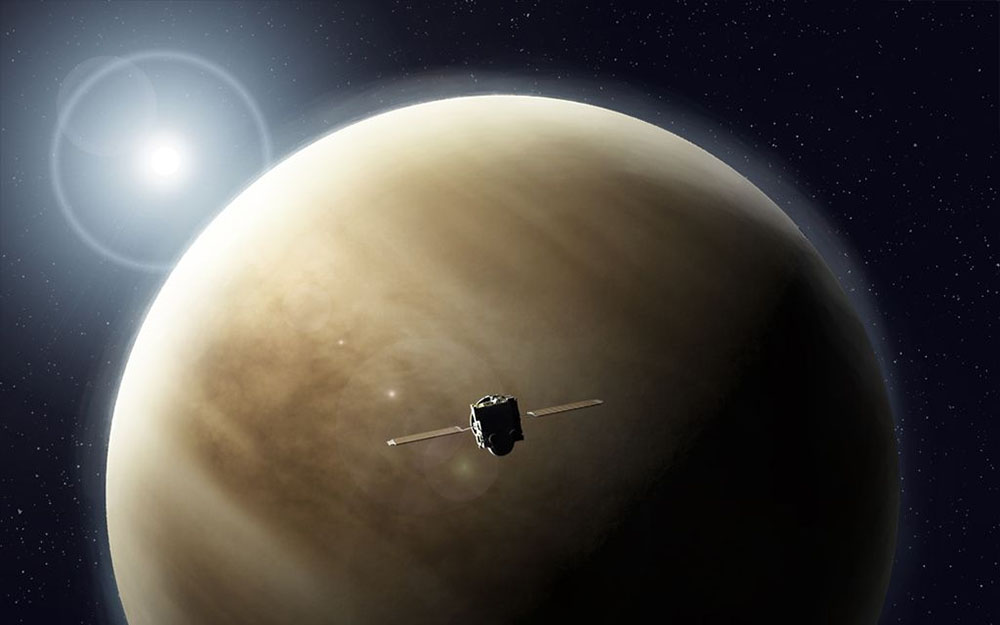the planet modern space exploration forgot

Shrouded under dense, mysterious clouds, Venus captivated astronomers who thought that under thick atmosphere was a world that looked very much like Earth during the reign of the dinosaurs, with vast blue oceans and jungles pole to pole. But as radio observations started to show hints that something very different lurked underneath, scientists weren’t so sure. A fleet of probes sent by the United States and the Soviet Union then conclusively showed us that in reality, the planet that should be Earth’s warm, water covered twin buzzing with life actually looks an awful lot like Hell in the newest versions the Doom franchise.
At this point, it seems almost unnecessary to repeat that Venus is basically an almost Earth-sized ball of superheated rock dotted with volcanoes and lava flows under clouds of sulfuric acid in a carbon dioxide atmosphere 90 times denser than ours, spinning so slowly that its year is shorter than its day. If there’s any life, it’s hearty extremophiles floating in the upper layers of its cloud cover. If we ever wanted to set up a base on Venus, it would have to be a floating city made of thick, corrosion-resistant materials. With all that in mind, you can see why there’s not much interest in exploring such a harsh, barren, poisonous world at not insignificant expense and with any investigations closer than glances from orbit limited to short bursts thanks to temperatures that can melt lead like ice cream on a hot summer day.
Sure, Mars might be a radioactive, dusty, cold desert, but at least we can stand on its surface and even try to change it to be more our world, although that’s probably not a good idea. There are proposals for making Venus a little less harsh and toxic, but they’re at least several orders of magnitude harder than turning Mars into mini-Earth. So, why should we send probes to a place where they’ll melt in the span of a few hours? Well, to better understand how a planet dies, according to astronomers looking for exoplanets. Knowing what happened to Venus and the telltale signs of a hothouse world could help us better identify what alien planets could never support complex life, allowing us to more efficiently track down worlds similar to ours.
It could also show us how the Earth got lucky enough to become a petri dish for millions of animal species. We know that our collision with a protoplanet from the outer solar system was an important part of it, but a study in contrasts could reveal even more favorable factors for life to emerge and survive. However, what it won’t show is what could happen to us if we keep on warming our atmosphere since the primary drive of its greenhouse effect was water vapor and its distance from the Sun means it gets twice the heat and light we do. If we want to learn the absolute worst scenario for runaway global warming, we can look at our own past, specifically at the worst mass extinction in our planet’s existence and its uncanny similarities to some of the warning signs we’re seeing today.





